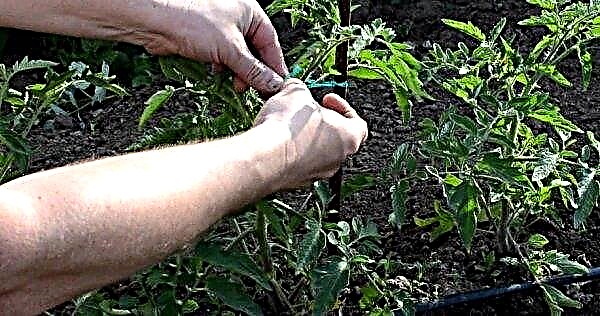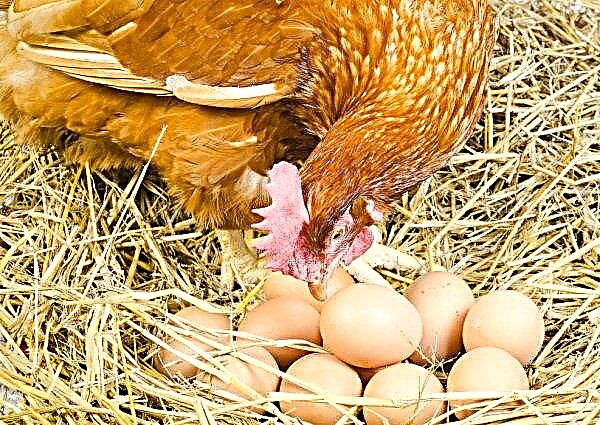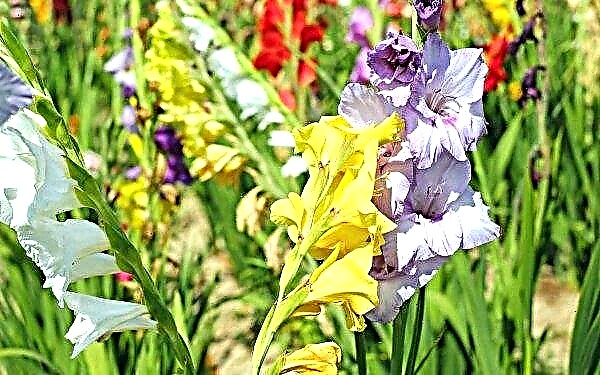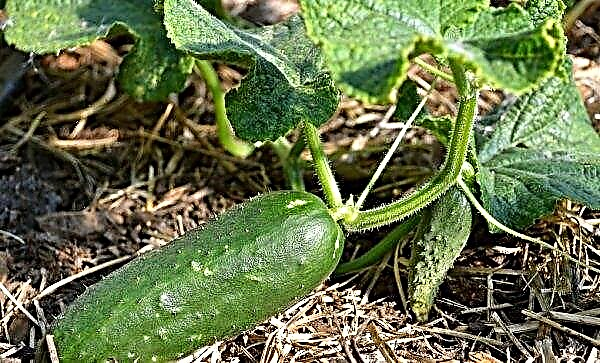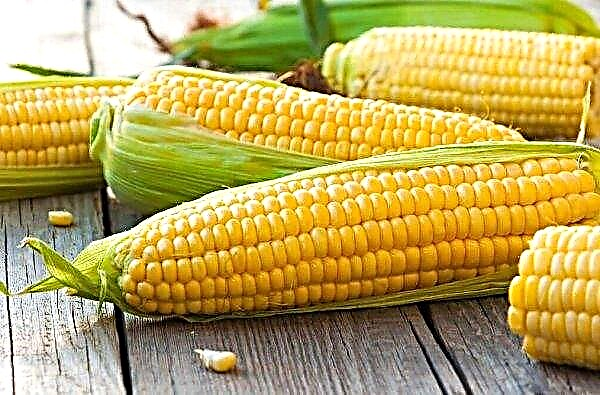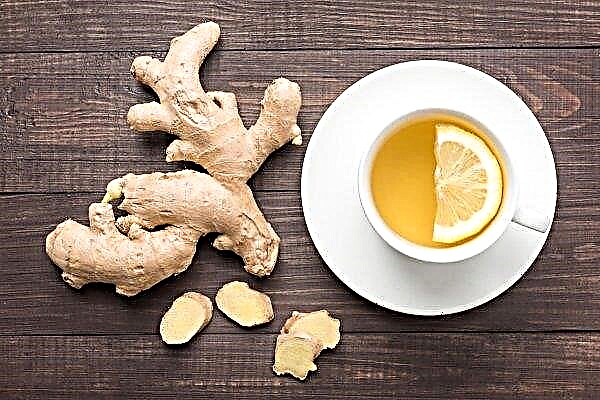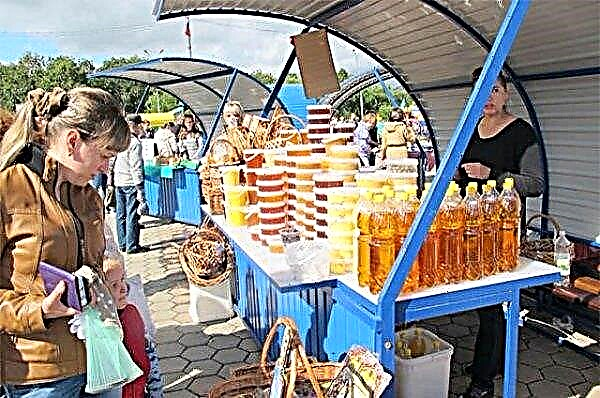The use of various devices for cleaning decorative reservoirs is a rather expensive undertaking, as well as artificial filters must be constantly cleaned. For this reason, an alternative option is to create natural purification systems, namely, biological plateaus. What they are and how they work - further in the article.
How to design correctly
A bioplato is a shallow part of a reservoir or a completely separate object designed for natural filtration of water, its purification and oxygenation due to specially selected plants planted on it. Water in artificially created reservoirs becomes cloudy and polluted over time, the concentration of harmful substances in it increases, and microorganisms that cause “blooming” multiply.
 The bioplate is designed to eliminate these unwanted processes.
The bioplate is designed to eliminate these unwanted processes.
The water pumped through the pump, coming from the main body of water, passes through gravel or pebbles and the root system of plants. At the same time, it gets rid of harmful impurities and acquires natural properties.
Did you know? One of the unusual aquatic plants is Victoria Amazon. This is a water lily with a leaf diameter of about 2 m. The mass that leaf plates can withstand is 80 kg. Exotic add and very beautiful, large flowers of this plant.
This natural filter is used to create alpine slides, swimming pools and small ponds. This green sandbank looks very decorative and ennobles the site. It can be decorated in the form of a decorative pond, stream or cascade of reservoirs.

But when creating, you need to take into account some rules:
- for effective cleaning, it is necessary that the size of the bioplate be at least 1/3 of the main body of water;
- the treatment reservoir, most often, is located slightly above the main object, so that after treatment the water will gravity return to the reservoir;
- the depth of the satellite reservoir mainly ranges from 15 to 50 cm. About 10–15 cm are left on the “dry wall”, as plants gradually grow and occupy a larger volume, displacing water. At a pit depth of 0.5 m, about half (25 cm) is covered with gravel or crushed stone;
- fluid circulation should be slow so that bacteria-saprophytes, eliminating dirty water from the breakdown products of organics, have enough time for processing;
- the bottom of the bioplate should be extremely horizontal and evenly covered with rubble or gravel;
- It is recommended, in addition to the pump supplying liquid from the bottom, to use a skimmer (a device for collecting garbage located in the surface layers).
There can be several options for supplying water to a biopond:
- Spontaneous flow through thickets of plants.
- The passage of fluid in the direction from the bottom up through one of the fillers (gravel, zeolite or other materials) with planting.
- Delivery through the same as in the previous case, but the action - from top to bottom.

The result of using any of the listed methods will be the same - the water will be purified, and also:
- eliminates the causes that cause its "flowering";
- the development of beneficial microorganisms is stimulated;
- higher plants (macrophytes) obscure the water surface, which prevents the development of phytoplankton;
- many plants (for example, marsh calamus or broadleaf cattail) contain bactericidal substances that inhibit pathogens.
Important! To more effectively saturate the water with oxygen, you can build a waterfall or fountain that will give the summer cottage an even more decorative look.
Work on the creation of a biological plateau does not differ from those on the construction of the main pond, and consists mainly of several stages:
- The bottom of the prepared pit is covered with sand, which will act as a buffer, preventing tearing of the film.
- Next, geotextiles and waterproofing are successively laid in the form of, for example, butyl rubber (there are several more options that will be described later).
- Pebbles, stones and (or) gravel fall asleep.
- At the end of the work, plants are planted.
 We provide a constant, slow movement of water through the regeneration zone.
We provide a constant, slow movement of water through the regeneration zone.
Necessary waterproofing
An important part of the construction of the biological plateau is the waterproofing of the bottom. It is necessary so that water is not absorbed into the ground and its amount does not decrease, and also so that plants growing in the bioplate do not receive additional nutrition from the soil.
Geotextiles with a density of at least 300 g / m² are laid on the sand layer. This material will prevent deformation of the film, and also serve as a heat insulator. Its strips are laid with an overlap of 20 cm and fixed with adhesive tape. The next layer is butyl rubber (EPDM membrane) or PVC film (thickness about 0.5 mm).
In the economy version, for waterproofing a small pond, you can use the materials of advertising banners. Further, the bottom is completely covered with gravel or crushed stone (fraction 30 × 20 mm) up to 20–25 cm thick. Smaller material (e.g. sand) is quickly silted, so it is not advisable to use it. The powerful root system of plants is well fixed on such a bottom, and grows rapidly, filling the entire underwater zone.
Pump selection
When deciding on the choice of a pump, several requirements should be considered:
- water in the biopond should not circulate too quickly so that there is time for cleaning the plants;
- it is enough that the entire volume of fluid passes through the bioplate once a day;
- the higher the density of plantings in the water area, the faster the circulation should take place, so the water is cleaned faster;
- sometimes 2 pumps are needed: one for supplying water from the bottom layers, and the second for servicing the skimmer collecting water from the surface layers.
Important! No need to purchase a powerful pump. For a bioplate, a unit with low power is quite enough.
How to do without a pump
To make a biological pond without a pump, it is best to position the treatment pond along the perimeter of the main facility at the same level. To this end, the edges of the pond are separated by a low rim with openings for water.
In this case, the water will flow by gravity into the thickets of plants and be purified. This method is less effective., since the liquid will not pass through the filter layer of fillers (gravel, pebbles, etc.), as well as the roots of the vegetation.

Planting plants
Thanks to plants, the water in the bioplate is purified, saturated with oxygen, becomes transparent, an unpleasant odor disappears.
All this becomes possible if you plant the bottom with the following representatives of the flora:
- reed by the lakepurifying water from phenols, manganese salts and other harmful compounds, as well as absorbing nutrients, which prevents the propagation of blue-green algae;

- broadleaf cattailhaving a bactericidal effect, as well as eliminating excess organics from water and, therefore, improving the transparency of the reservoir;

- sedges (spicy, black and chytin), ridding water of toxic pollutants;
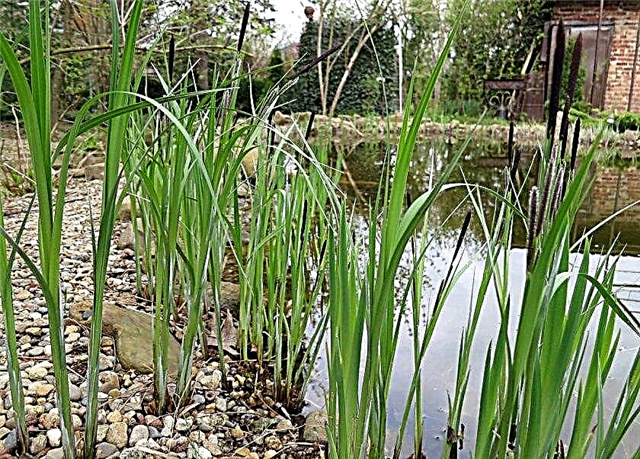
- calamus marshpossessing antibacterial and antiseptic properties. It used to be that from reservoirs in which calamus grows, water can be drunk without risk to health.
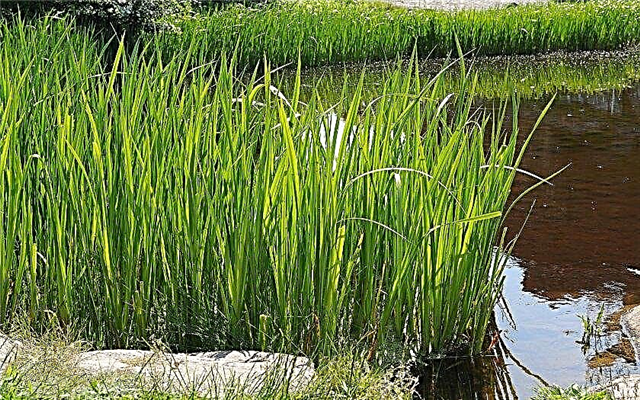
In addition to the above specimens, water purification will also occur during the landing of the moth, the three-leafed shift, and the marsh iris. Oxygenating plants can also be used on bioplates. Among these representatives of the flora, specimens with beautiful foliage or flowers are rarely found.
Check out

However lack of decorativeness is offset by the benefit of the fact that oxygenators, absorbing carbon dioxide and mineral components, emit a sufficient amount of oxygen. This ability allows you to keep water in a clean and transparent state. Most often, species such as Elodea, hornwort, cladophora, bog marsh and some others are used.
Plants for bioplato can be purchased in specialized stores or ordered on the Internet, but faster and more economical to take them from natural reservoirs and transplant to their water areas.
It is more practical to place plants in groups of 6-8 piecesas they expand, they fill up empty spaces faster. When planting, it is enough to sprinkle the root system with gravel or gravel. Some use coarse sand, but it quickly silts and becomes dirty, which will harm the pond.

How effective is the bioplate for water treatment
Whether to install expensive, energy-consuming and requiring regular maintenance filters or to prefer natural cleaning is up to each owner individually. Many people prefer the first option because of their skepticism about cheap natural purification systems.
- However, the benefits of bio ponds are obvious:
- it is an ecological method that benefits the environment and does not upset its balance;
- operating costs are several times lower compared to using purchased filters;
- water in the bioplate is not only purified, but also saturated with oxygen. And thanks to the bactericidal abilities of many plants, it also becomes useful;
- Natural plantations perfectly decorate personal plots. And filter installations need additional decor;
- filters can fail, which will require new costs, and the natural plateau, gradually growing, will increase efficiency and save you from additional investments.
An artificial pond with living flora is a cheap and reliable solution in cleaning up water bodies. The denser the plantings in it, the more efficient the cleaning will be. This result is achieved after 1-2 years, while the plants grow a little. To get a faster effect, you need to fill the bioplate with plants as much as possible.
Did you know? Wolffia is the smallest aquatic plant. It belongs to the subfamily Ryaskovye. Its microscopic dimensions are about 1 mm. But what is interesting: in terms of the number of proteins, this representative of the flora is not inferior to legumes, and is quite edible.
Such an artificial ecosystem will harmoniously fit into any landscape and satisfy the most demanding owners. In addition to benefits, it will decorate the site and make it a cozy corner for relaxation.





